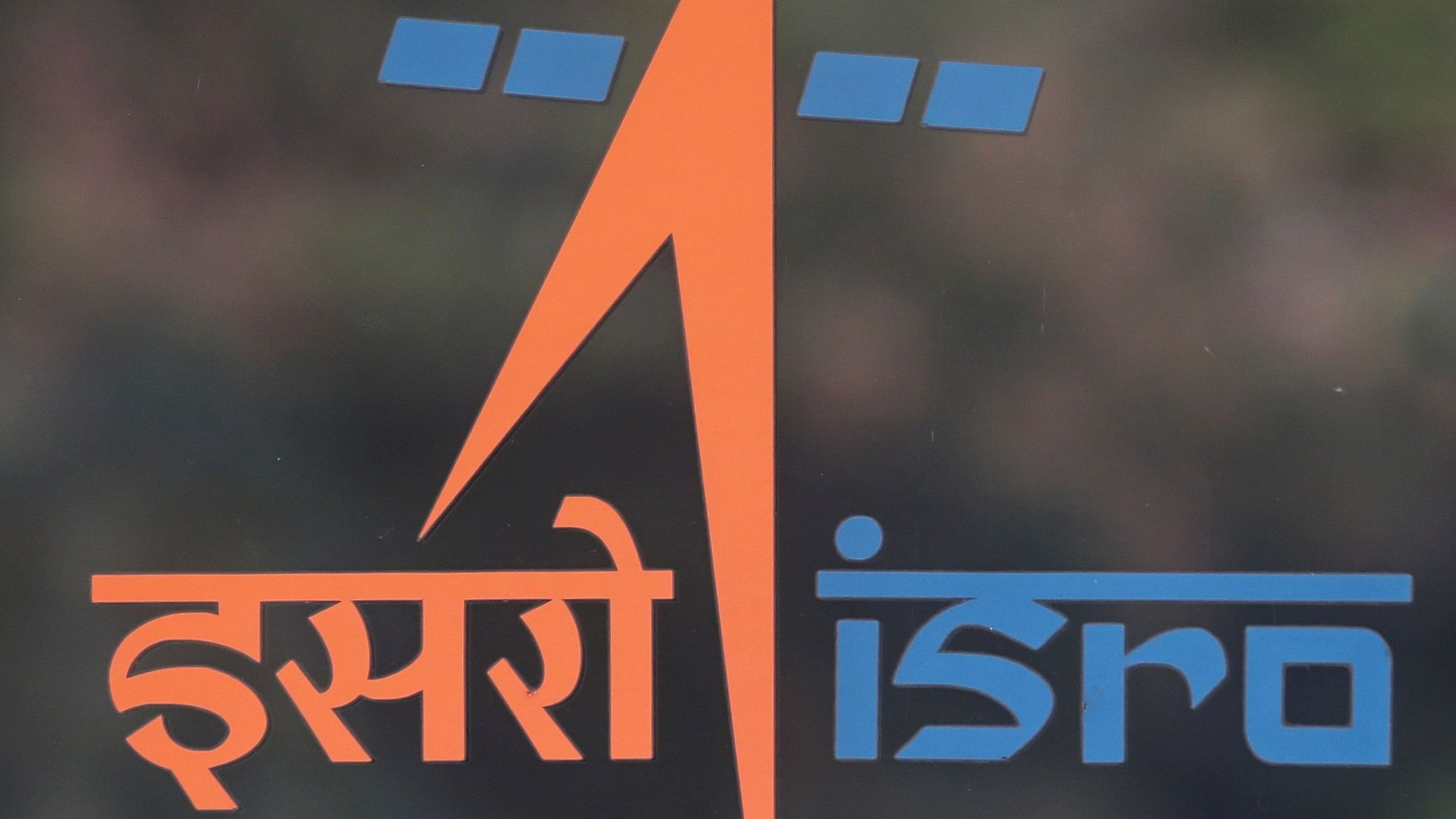
ISRO logo.
Reuters Photo
Bengaluru: The base module of the Bharatiya Antariksh Station (BAS-1) will be a testbed for multiple technologies that can enable India’s long-duration human spaceflight programmes, Hanamantray Baluragi, the chief of ISRO’s Directorate of Human Space Programme (DHSP), said on Tuesday.
BAS-1, the first module of the Indian space station, is being readied for a 2028 launch; ISRO is aiming to establish the station by 2035.
Delivering a virtual talk on India’s human spaceflight programme as part of the World Space Week celebration, Baluragi said experiences gained and technologies validated through the upcoming Gaganyaan mission and BAS will power India’s run-up to the proposed human landing on moon, by 2040.
Presenting the configuration of BAS-1, Baluragi underlined features including robotic support elements, on-orbit refueling capabilities, and MMOD (micrometeoroid and orbital debris) protection.
“The base module is aimed at gaining experience in orbit maintenance and orbit boosting and validating the operations of crewed habitat systems like personal hygiene systems,” Baluragi said.
Configured in five modules, BAS is designed to facilitate microgravity research, double as a trans-hub and potential fuel depot for interplanetary exploration, and supplement diverse domains including space tourism.
ISRO is planning four precursor missions for BAS: a crewed mission, a space docking mission, the BAS-1 launch, and an uncrewed docking mission that will demonstrate autonomous docking between the Gaganyaan module and BAS-1 and validate operational protocols including robotic cargo transfer.
The DHSP Director said the human-rating protocols involved in Gaganyaan required new expertise and “additional rigour”. The four designated Gaganyaan astronauts have completed their generic spaceflight training and are undergoing training specific to the mission.
“Sustained human presence in space through Gaganyaan will boost the research ecosystem and give an impetus to the overall national space economy,” Baluragi said.